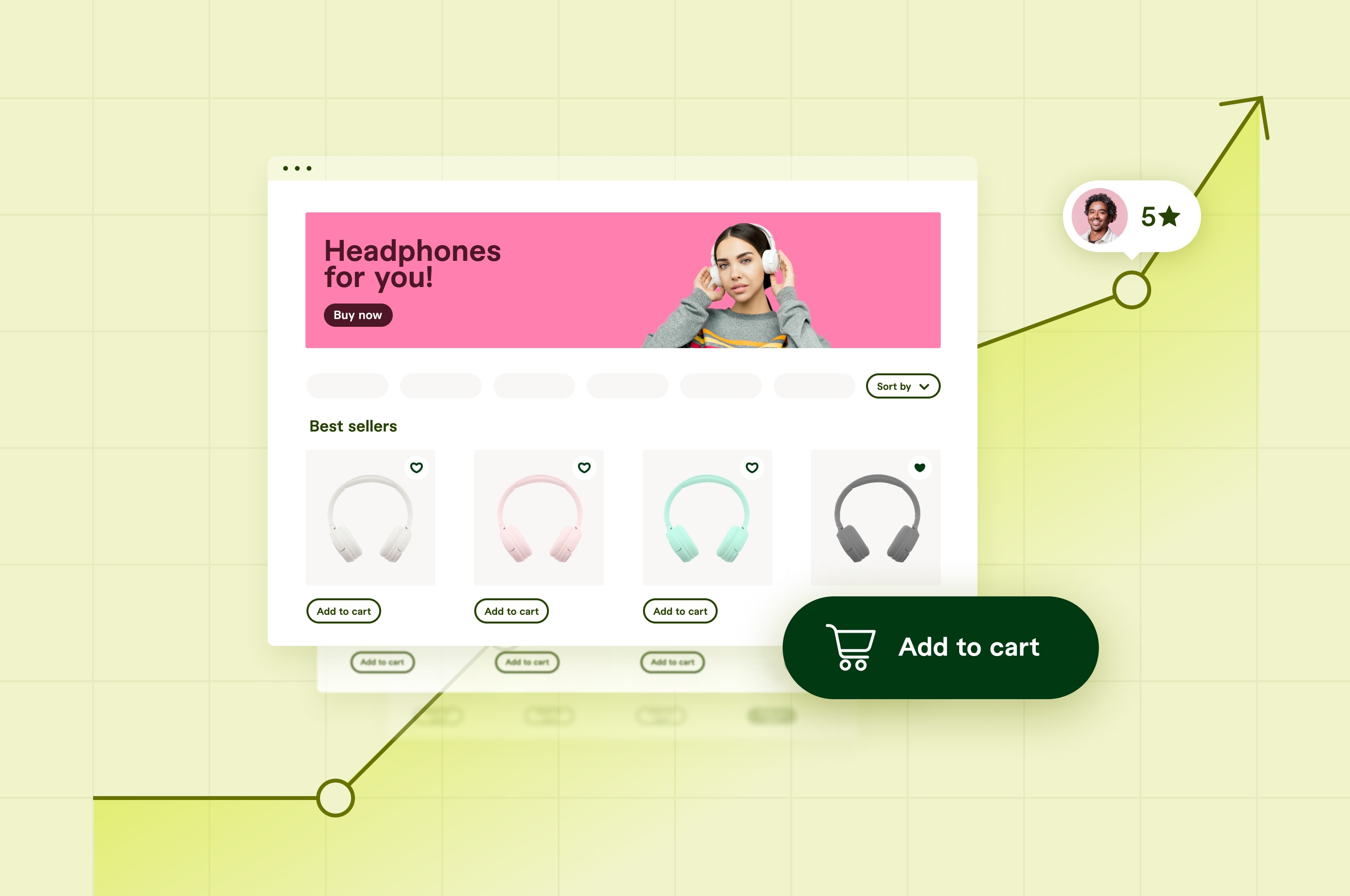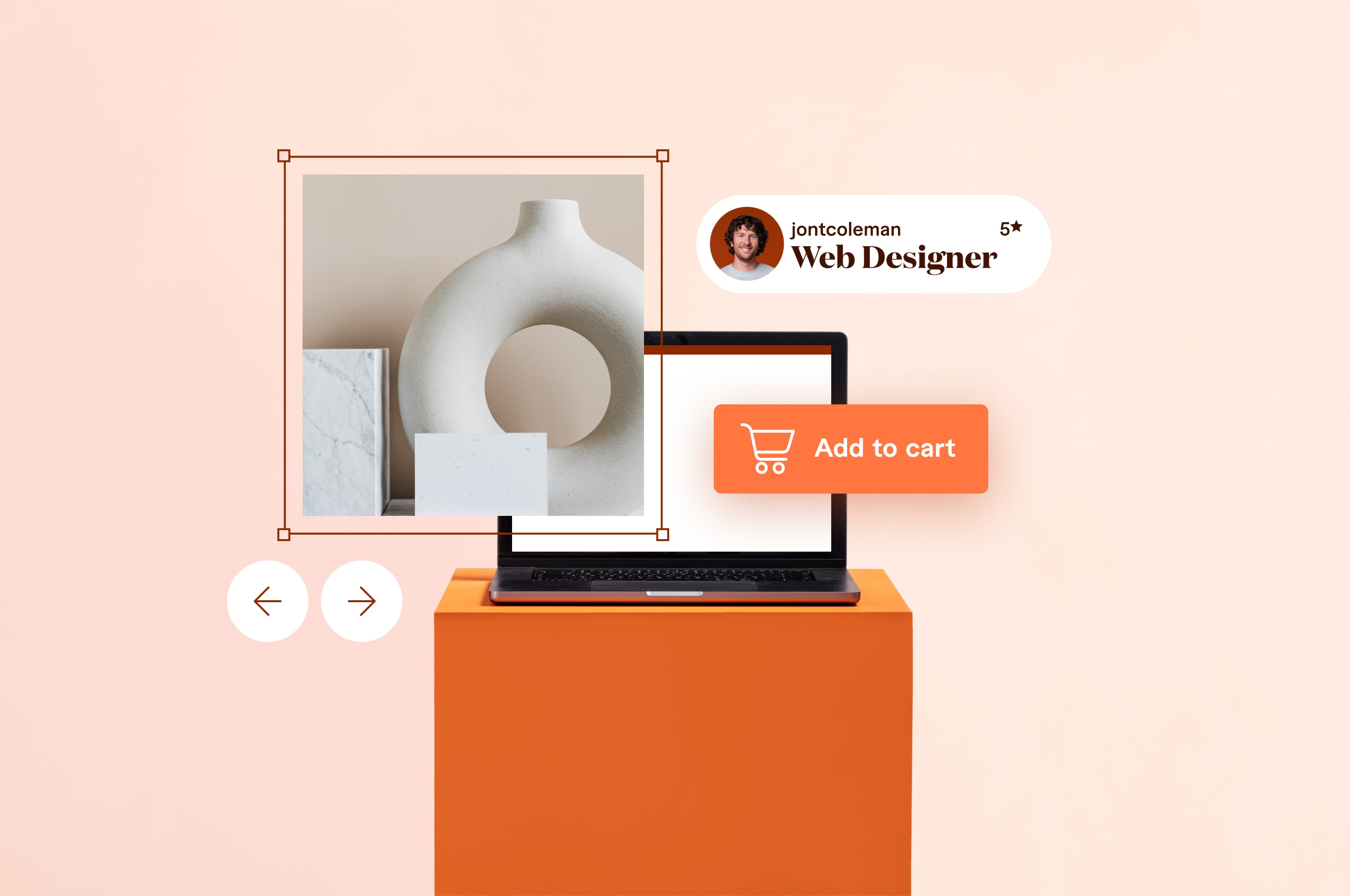What is a Pricing Strategy and How to Build One (Template Included)
How are you setting prices for your products or services? Learn what a pricing strategy is, types of pricing models, and how to choose one for your ecommerce business.
 July 31, 2023
July 31, 2023 15分钟阅读
15分钟阅读
Pricing can make or break yourecommercebusiness.
Set prices higher than what your customers are willing to spend and they’ll abandon their shopping carts and you’ll lose sales. Aim too low and you’ll hurt your brand credibility, image, and profits.
To generate the most revenue, your price points need to meet somewhere in the middle. There’s no simple formula for this, but a pricing strategy can help you get your prices right.
This guide covers what a pricing strategy is, why it matters, and different pricing strategies. We’ll also show you how to build a pricing strategy and share a template you can use to price items in your business.
What is a pricing strategy?
A pricing strategy is the approach taken to determine what to charge for a product or service.
With the right pricing, you can find new customers, gain market share, and maximize profit margins—which is the ultimate goal of every business.
Your pricing strategy impacts other factors too, including:
Brand image and reputation:Customers often compare prices when making purchasing decisions. While they’re looking for the cheapest option, they’re also gauging your brand’s reputation and image based on price differences.
Value and quality:Your pricing usually impacts what customers think of the quality and value of your products. For instance, if you price low to undercut your competitor or to boost sales, it may work against you if buyers perceive your offering is inexpensive due to poor manufacturing or inferior quality.
Brand building and loyalty:The price you set for your product or service means something to your customers, so it should appeal to them in order to build your brand and customer loyalty. If well-priced, customers may perceive your offering as worth their business and loyalty. Poorly priced offerings may lead to indecision in the buying process.
To find your pricing sweet spot, balance between consumer trends and market demand. To achieve this balance, consider factors such as:
Business goals
Customers’ needs and what they’re willing to pay
Market conditions
Desirability and longevity of your offering
Costs (fixed and variable)
Competitors’ actions
Revenue and profit
Depending on your product or service and the industry you’re in, you might struggle to come up with a fair and profitable pricing strategy. What you charge may not always directly correlate with the input or effort that goes into producing or providing the product or service.
You need a flexible and scalable pricing model that attracts customers while offering them value, competes with other providers, and realistically turns a profit for your business.
What pricing strategies do ecommerce businesses use?
As an entrepreneur, most of your creative energy goes toward identifying and developing the most profitableecommerce business ideasand turning them into sellable products or services.
Before you start selling these products or services, you need to determine their worth.
There are dozens of pricing models to help you figure out the optimal prices for your offerings. Let’s review the most commonly used pricing strategies so you can choose one that’s best for your ecommerce business.
1. Value-based pricing
Value-based pricing is a customer-focused pricing model based on what your customer believes a product or service is worth. You select a price you think your customers will be willing to pay, keeping in mind factors like brand perception, profit margins, and competition.
Luxury brands and sellers of unique products such as technology, cosmetics, collectibles, and fashion often use the value-based pricing strategy. Customers perceive the intangible value of owning such products to be worth the high price tag and will pay exorbitant markups to own them and reap the benefits.
“I’ve leveraged different pricing strategies based on an in-depth understanding of the market dynamics and the value proposition of the product,”says Jonathan Brown, CEO of J.B. Brown and founder ofDealflow Brokerage. “For instance, I’ve used value-based pricing, underpinned by customer-perceived value, which has allowed for effective positioning in a saturated ecommerce marketplace. The key here is performing extensive market research, using surveys and competitor analysis, to understand consumer willingness to pay, demand elasticity, and competitor pricing benchmarks.”
Compared to other pricing models, value-based pricing typically results in higher price points or markups and increased or reinforced brand value.
For example, Apple’s product prices are based on its strong ecosystem (software and hardware integration), sleek design elements, and customer familiarity with iOS and macOS.
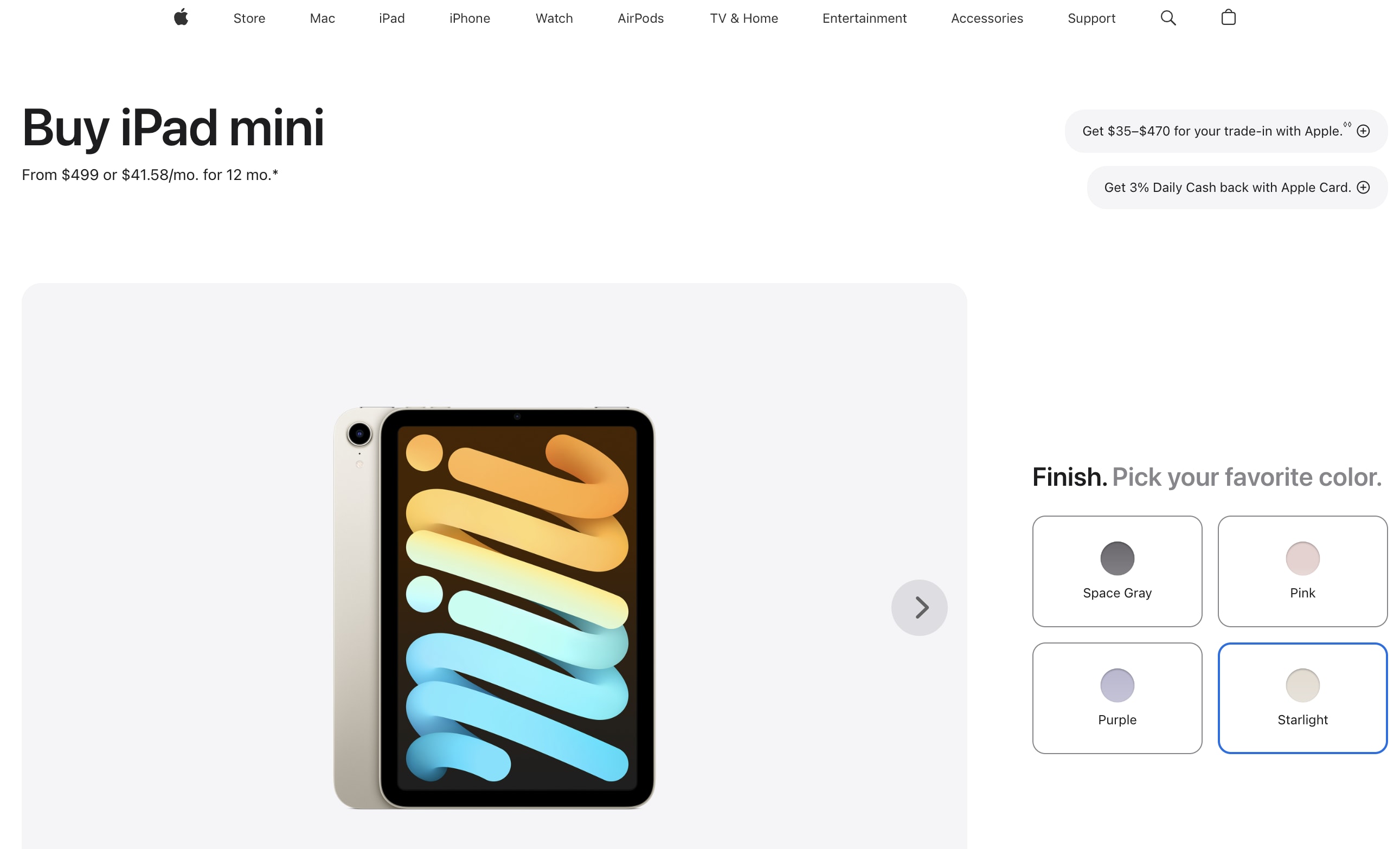
Source: Apple
Fashion brand Louis Vuitton also uses the value-based pricing model on its handbags and other luxury products. Louis Vuitton customers are willing to pay the high price for a bag because of the brand’s perceived luxury, exclusivity, and social versatility.
Value-based pricing is ideal if:
Your product or service has a differentiating quality from the competition
You have a loyal customer following
Your customers believe your brand and offerings are prestigious, culturally relevant, or exclusive
2. Competitive pricing
Competitive pricing is a simple and low-risk pricing strategy that considers competitors’ pricing data as a benchmark over your customers’ perceived value of your products.
If you’re aYouTube content creator, for instance, find out what differentiates your service, then price your work competitively. You can scan thevideo production市场利率制定定价strategy that will foster long-term repeat customers.
The goal of this pricing model is to drive your customers and target audience away from the competition and toward your brand.
Competitive pricing can be useful if you keep your production costs low, and it will keep price-sensitive customers loyal to your business. Businesses that rely on price to win customers include those that sell indistinguishable products like milk and bread—where comparison isn’t easily discernible—or those in highly saturated or rivalrous markets.
A good example of competitive pricing is the perennial price wars between leading retailers, particularly Amazon, Walmart, Target, Home Depot, and Best Buy.
Profitero’s sixth annualU.S. Price Warsstudy found Amazon to have the lowest online prices—on average 13% less expensive—than other retailers studied in 14 categories.
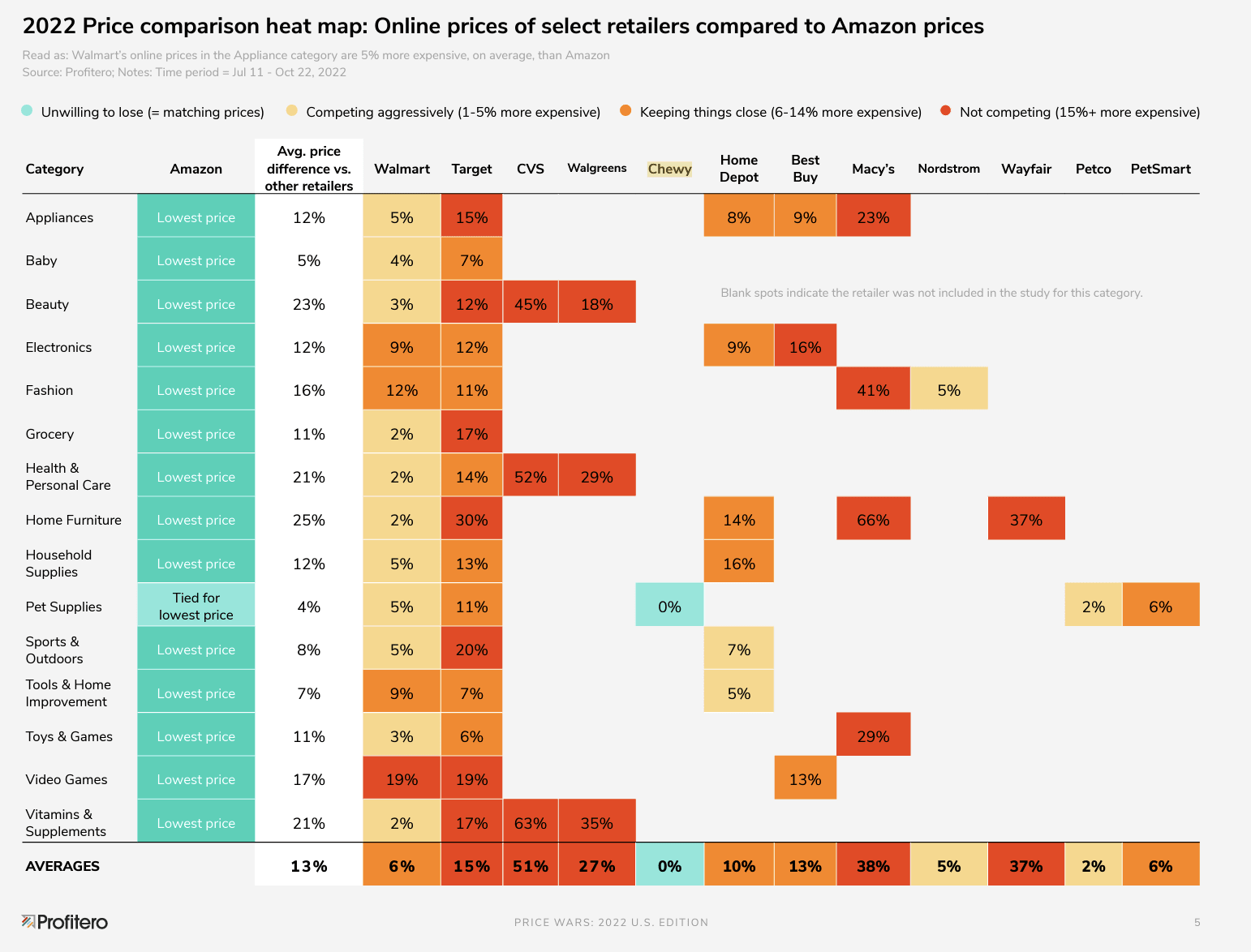
Source:Profiteroww.profitero.com/
The study also found close competition across some of the top selling holiday categories, with Walmart, Nordstrom, and The Home Depot competing within 2% to 5% of Amazon’s prices.
Competitive pricing can be difficult to sustain, particularly for small retailers or businesses selling handmade products using expensive raw materials, preventing them from controlling their costs.
3. Skim pricing/price skimming
Skim pricing, or price skimming, is an ideal strategy when you’re looking for higher profits in the short term.
With this model, you’ll launch your product at a higher initial price point to drive more revenue while competition is low. Then, you’ll gradually lower the price over time as you satisfy the demand from your first customers and more competitors enter the market.
Skim pricing captures the interest of early adopters or trendsetters who can influence others to buy, driving long-term sales. Plus, you get a measure of financial security that you’ll cover the costs you invested in developing the product or service.
If you have a groundbreaking or breakthrough product and enjoy a first-mover advantage in the marketplace, price skimming can be an effective and profitable strategy.
Handbag retailer Kate Spade also charges a high initial price on its luxury handbags. After that, the brand rolls out sales and other steep discounts for price-sensitive buyers. In fact, it has a dedicated sale section on its website displaying both the original price and new lower price of each product.
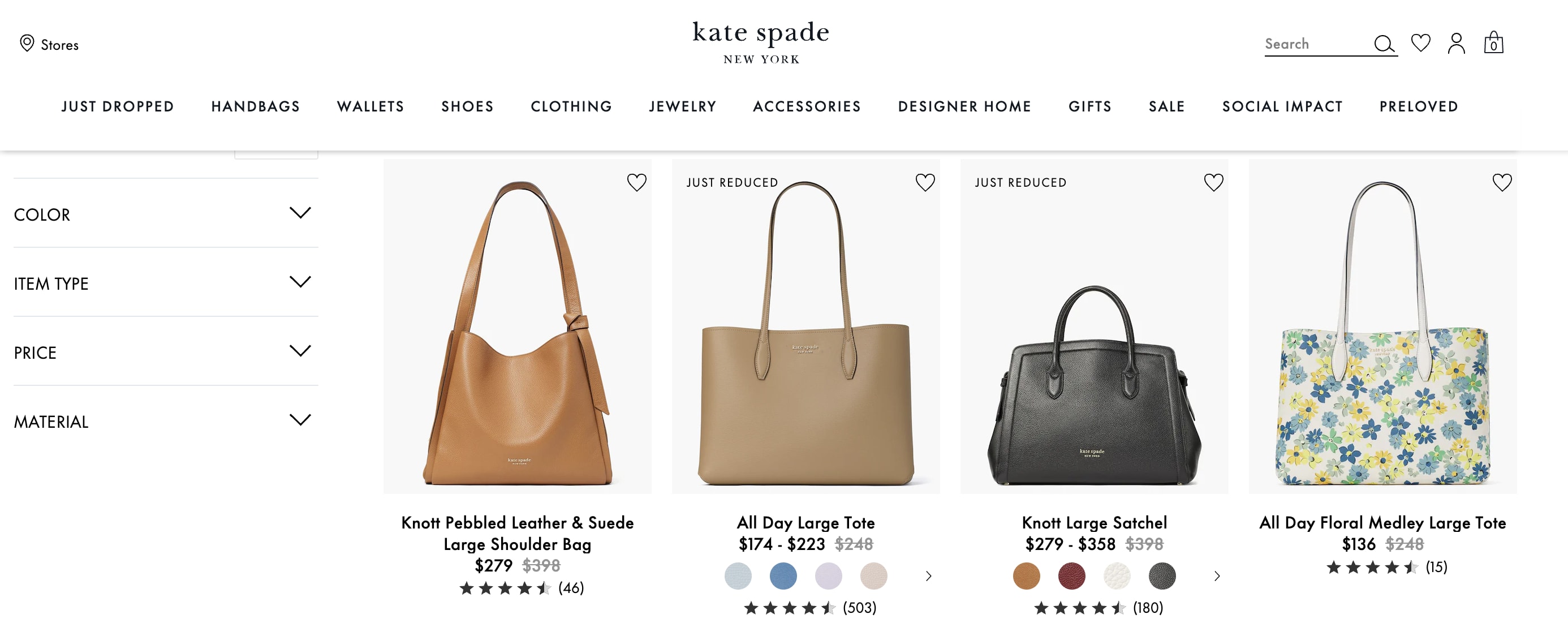
Source: Kate Spade
Price skimming also works for B2C brands that rely on fast-moving trends, which come and go quickly. That way, you can maximize profitability before consumer interest dwindles.
However, there are a few circumstances when price skimming isn’t best for your product or service. These include:
When there are many competitors ready to undercut your high price
When your business is new in your industry, with no established customer base and little buzz
When your user base or customer segment aren’t excited about your product
4. Penetration pricing
Penetration pricing involves offering a new product or service at lower initial prices than competitors to gain customers’ attention.
“At the start of my company, I used penetration pricing, setting attractive low prices,” says Kathy Bennett, CEO and founder of packaging companyBennett. “I did this after analyzing my company’s situation; we were emerging in a competitive market dominated by industry giants who had strong relationships with their customers and established reputations, meaning my target demographic would need me to provide a sound reason to switch over. Understanding this allowed me to grow my company from a startup to an industry leader.”
这种策略吸引顾客的注意力other businesses to gain a foothold in the market and establish your company’s presence. And you can appeal to a larger portion of the market while increasing brand awareness and loyalty once the introductory offer ends.
A good example is Lay’s Stax baked potato crisps. The company introduced the new brand with similar packaging, shape, texture, and taste to Pringles brand crisps. Initially, Lay’s undercut Pringles by selling its Stax cans at $0.69. Once the product gained traction, Lay’s raised the price to reflect the competitor’s price.

Source: Lay's
Your business might suffer an initial loss of income, but over time the increase in brand awareness can give you an edge and drive profits.
In some cases, penetration pricing may cause consumers to undervalue or perceive your products as being of low quality, damaging your brand’s reputation. But once you penetrate the market, you can raise your prices to reflect your product’s position in the market.
5. Psychological/charm pricing
You’ve probably visited your local store and found or purchased an item at a shelf price ending in an odd number like 5, 7, or 9.
influe品牌使用这种类型的定价策略nce customers’ spending or shopping habits and increase sales. It meets a customer’s psychological need for getting a good deal, saving money, or investing in quality products or services.
Psychological pricing makes an item seem more affordable in the eyes of the customer. It makes them think you’ve slashed every cent possible off the actual price, triggering impulse purchasing.

Source: Belleze
Belleze, for example, applies charm pricing on its stylish, high-quality modern furniture as amarketing strategywhile signaling to its customers they’re getting good furniture at a good deal.
Besides odd-even pricing, other forms of psychological pricing include using:
Using MSRP as an anchor:Show the manufacturer’s suggested retail price (MSRP) next to the lower price you’re selling your items for to make customers feel they’ve saved on an item. For instance, you might run a “40%-off the MSRP” sale. So a sauce pot listed at $259 MSRP ends up costing $155.40.
Creating a sense of urgency:Use artificial time constraints to encourage customers to make purchases fast before their favorites sell out or the sale ends. Examples include using messaging like “Early bird sale” or “Only a few hours left!” You can add a timer, which lapses after 24 hours to make customers feel the ending is impending.
Using innumeracy:Customers feel they’re getting a better deal when you give them more for seemingly less. In this case, you’re giving them more appealing options, such as two items for the price of one—a.k.a. buy one, get one free (BOGO)—even though the math is exactly the same.
Displaying prices differently:The way prices look matters. Depending on theecommerce platformyou use, you can change how prices are displayed on your store to influence customer spending. For example, you can remove the dollar sign or the cents, reducing the number to two digits instead of four (i.e., $14 instead of $14.00).
Using flat rates:Flat rates are easier to predict and feel more stable, despite being costlier.
Psychological pricing doesn’t always work. Sometimes customers may perceive it as a gimmick, reducing their trust in your brand.
6. Discount pricing
Consumers love good deals—so much that90% of consumers in the USadmit to having used coupons before.
Whether in good times or bad, offering discounts can benefit your business, especially when you want to gain and retain loyal customers. You can also attract a more price-conscious group of customers, increasing visitor traffic to your store while offloading old, unsold, or out-of-season inventory.
A studyconducted in 2021 found that percentage off was the preferred kind of discount for more than 50% of consumers in the US, while only 10% preferred receiving a free gift with their purchase.
For example, Kyloe (formerly Hygge)—an eyewear brand—offers free shipping and BOGO discount codes on its polarized sunglasses.

Source: Kyloe
Other types of discount pricing include giving small, unexpected free gifts tailored to the item the shopper has added and giving first-time-customer discounts.
Some businesses also have tiered discounts for big spenders to increase their customer lifetime value, while others, like Spongellé, offer its customers personalized product recommendations with a discount code to use.
“A significant instance when we adjusted our pricing strategy was during a major economic downturn,” says Toby Dao, marketing manager at Tigren. “We recognized that our customers were more price-sensitive during this period and decided to offer more discounts and bundle offers. This helped us maintain our sales volume and customer loyalty, despite the challenging economic climate.”
If used too often, discount pricing:
Creates negative psychological impact as customers associate your product with perceived lower quality
Could give your brand a reputation of being a bargain retailer
Could prevent consumers from buying your products at regular prices
7. Dynamic pricing
Dynamic, or surge, pricing isn’t new. It’s been around since the 1980s, particularly in the travel and hospitality industry.
With this pricing model, businesses adjust the prices of their products or services to account for changing demand. Airlines, for example, can shift their seat prices based on seat type, time until flight, and remaining seats to maximize profit by operating at multiple price points in times of peak usage.
“In a previous ecommerce startup, we implemented dynamic pricing, which was highly effective,” says Josh Amishav, founder and CEO ofBreachsense. “We adjusted prices in real-time, based on factors like demand and competition. This approach maximized revenue by raising prices during peak periods and lowering them at slower times.”
Uber uses a dynamic pricing structure to ensure there are always enough drivers for all its ride requests and that customers can get rides easily and quickly.
When you request a ride on a Friday night, for instance, you might get a different price than the cost of the same trip a few days earlier. Uber’s dynamic pricing algorithm adjusts rates based on things like distance, time, current rider-to-driver demand, and traffic. So, you might experience a temporary price hike, particularly during busy hours or periods.

Uber drivers can also know when demand and prices increase in a particular city. The app changes color for that specific neighborhood from light orange (smaller earning opportunities) to dark red (larger earning opportunity).
Once more drivers get on the road and take ride requests, the consumer demand is more manageable and the price reverts back to normal.
There are different types of dynamic pricing:
Time-based:这发生在有dema公司减少或增加nd linked to a particular time. Examples include rush hour, same-day delivery, and advanced ticket bookings.
Segmented:This is where you establish different prices for the same product based on its perceived value to different audience segments. Examples include plane tickets for economy versus business class, and VIP versus regular tickets during events.
Peak:This is used when demand increases during a certain season or month. Examples include Christmas holiday shopping, tickets for big music or sporting events, or airline tickets for holiday travel.
But not all businesses can benefit from dynamic pricing. For instance, restaurants and manufacturers use static pricing regardless of the volume of sales or number of customers.
找到一个eCommerce specialist to grow your store
How to choose a pricing strategy
The pricing strategy you choose should offer the most significant returns while valuing your product at an acceptable level. Here are some critical steps to take to find what works for your business.
Define your commercial objectives:Decide what you want to achieve with your pricing, whether it’s to increase average order value (AOV) and profit margins, retain current clients or attract new ones, or offload excess inventory.
Understand your costs:Add up the costs involved in bringing your product or service to market to ensure you’re making profit. Such costs include cost of goods sold, production, packaging, promotion, and shipping.
Research your competitors:Besides formulating your ecommerce business plan, you’ll need to know what the competition is charging for a similar product or service, then adjust your prices accordingly to stay competitive. Apps likePrisynccan track and monitor your competitors’ prices so you can apply dynamic prices to your products or services.
Identify your customers:Know your target market and what they’re willing to pay for the product or service. Consider their disposable income to determine whether they’re price-sensitive or are willing to pay a premium for specific items.
Find your value proposition:Identify what differentiates your business from others and find the best pricing strategy that reflects the unique value you bring to the market. For example, FedEx’s value proposition is to make managing deliveries easier for its customers.
Hire an expert:Creating a pricing strategy can be a complex process, particularly if you’re new to it. Considerhiring an ecommerce expertto conductmarket research,analyze market and consumer behavior, assess your fixed and variable costs, and monitor competitors’ pricing.
Find your ideal price
There’s no one-size-fits-all approach to setting the right pricing strategy. Not every model will work for every ecommerce business. Do your homework to determine what works for your product or service, marketing strategy, and target audience.
If you can’t figure out a working pricing strategy or you don’t have the time to develop and implement one,download our free pricing template.
Fiverr, a leading digital marketplace for freelance services, can connect you to talented freelance ecommerce specialists and business consultants in market research, data analysis and more to help you develop and implement effective pricing strategy.
With Fiverr, you can take control of your business’s profitability and competitiveness through effective pricing strategies and expert guidance from our freelancers.
Sign up on Fiverrto find and work with an ecommerce expert for your pricing strategy.

